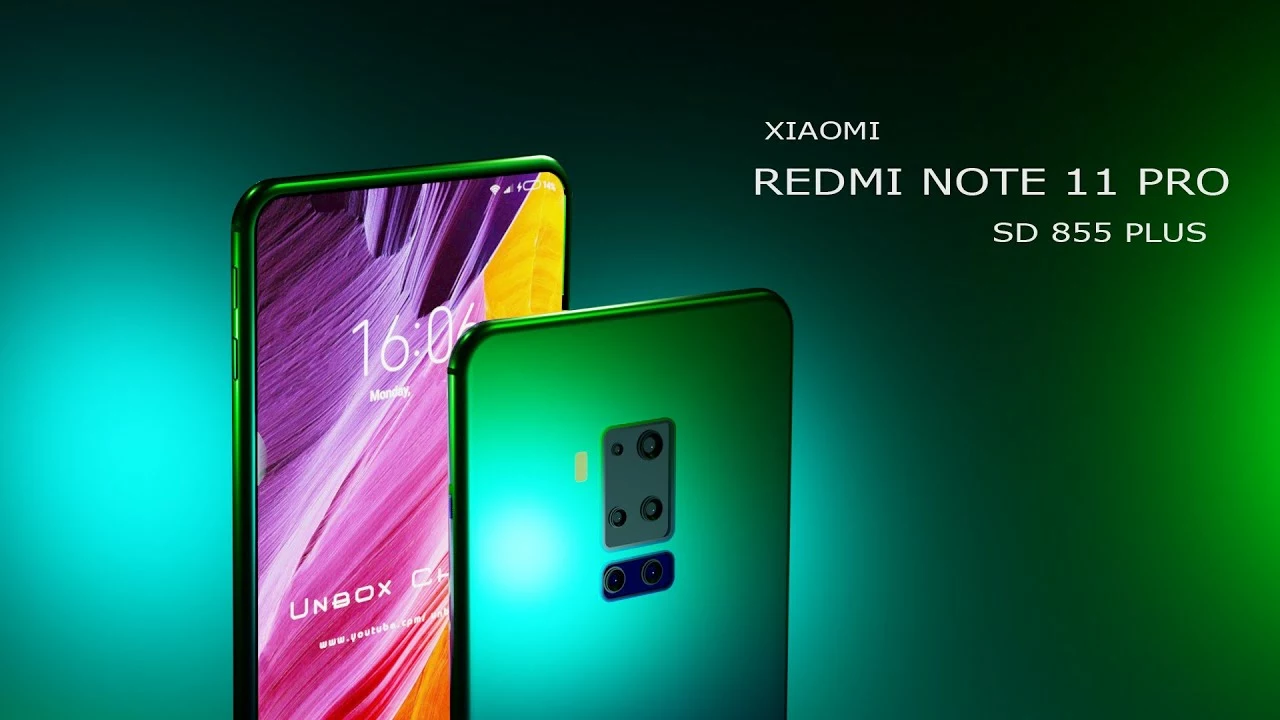Features: in-depth stories, investigations and clear explainers
This Features page collects our longer reads and investigative pieces — the stories that go beyond headlines. Here you’ll find reporting that explains why an event matters for voters, how institutions work, and what the likely fallout will be. Expect a mix: legal probes, media-analysis pieces, human stories at borders, safety explainers, and practical tech guides.
What kind of stories live here
We publish pieces that dig into processes and consequences. For example, our report on "RPSC under fire: Manju Sharma quits after High Court scraps 2021 SI recruitment" walks through a court decision, names key actors, and flags possible reforms. A feature like "How do different Indian media houses report the same news?" compares framing and bias so you spot spin faster. Shorter explainers — such as an aviation piece on past mid-air collisions or a practical guide about using US electronics in India — break complex topics into clear, usable takeaways.
Features aren’t just news summaries. They link facts, legal points, eyewitness details, and expert views. If a story touches elections or public institutions, we try to show the likely effect on voters and policy. If it’s a human-interest angle — say, fishing rules near a border — we explain the local rules, who benefits, and what may change.
How to read and use these features
Start with what matters to you. Want politics and governance? Read investigative pieces like the RPSC story first. Curious about media literacy? Open our media comparison feature and check the examples we highlight. Looking for practical info — say, power specs or electronics history — use the explainer articles to solve specific problems.
When you read a feature, look for three things: sources (who’s quoted or cited), dates and documents (court orders, official notices), and context (why this matters now). That helps you separate direct reporting from opinion. If a piece raises questions, check the boxed facts or timeline we often include — they’re there to save you time.
We try to keep tone plain and practical so readers walk away informed and ready to discuss or act. If a feature suggests legal or safety steps, we make those explicit. If it analyzes media coverage or election trends, expect clear examples you can compare across outlets.
Use the tag page as a shortlist: pick a feature, read the timeline and sources, then follow related pieces for deeper context. We update this list as new investigations and explainers publish, so drop back if you’re following a developing story.
Want a quick start? Read the RPSC investigation, then the media-reporting comparison, then a practical explainer that interests you. That mix gives you how things happened, how they were told, and what to do with the information.

What is the price of a Redmi Note 11 SE?
I recently looked into the price of the Redmi Note 11 SE and found out that it varies depending on the region and the storage configuration. Generally, the starting price for the base variant (6GB RAM and 128GB storage) is around $200 to $250. If you're interested in a higher storage option, the price can go up to $300 or more. It's essential to compare prices from different retailers and check for any ongoing deals or discounts. Keep in mind that these prices are subject to change, so it's always a good idea to stay updated on the latest offers.